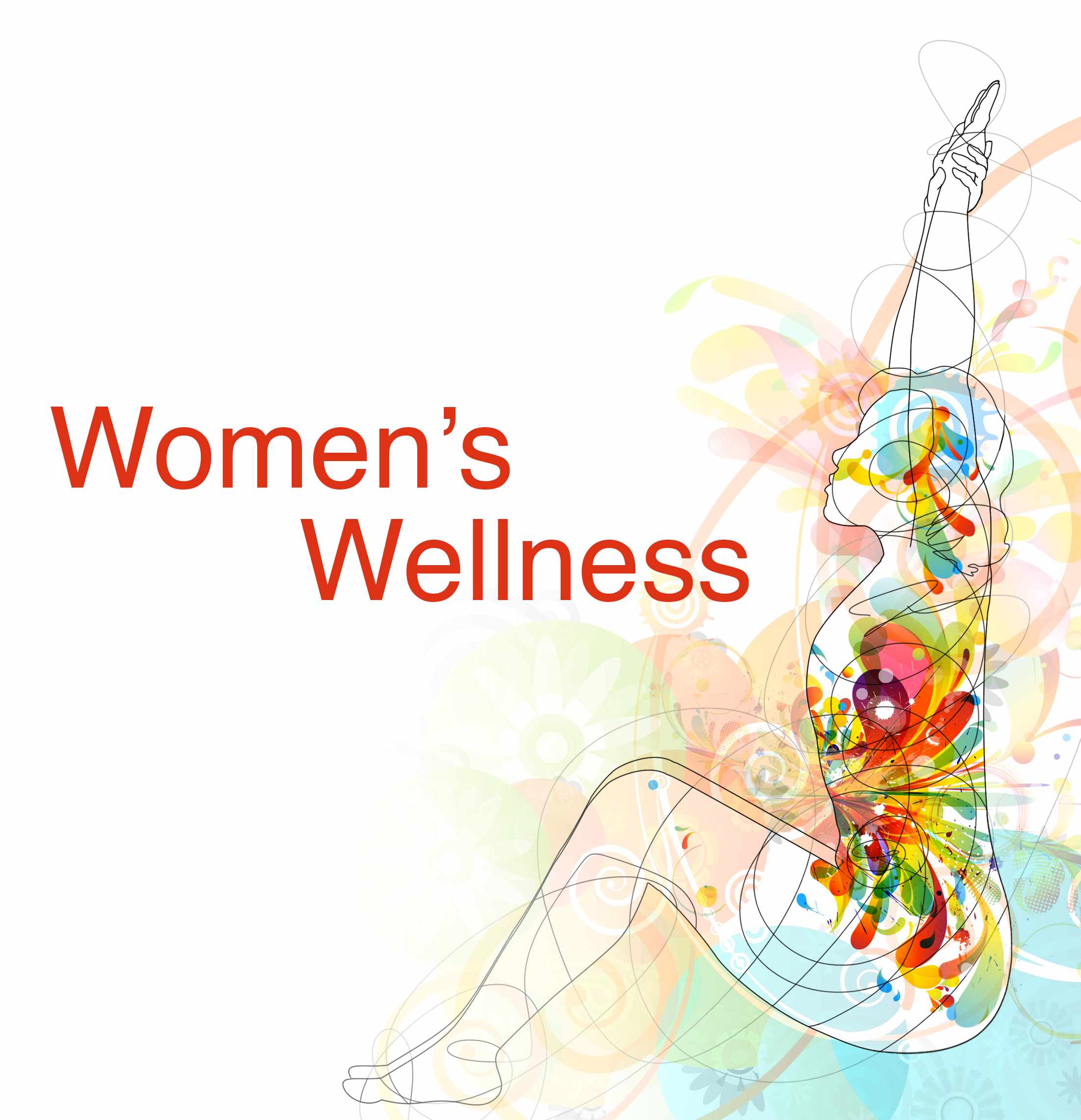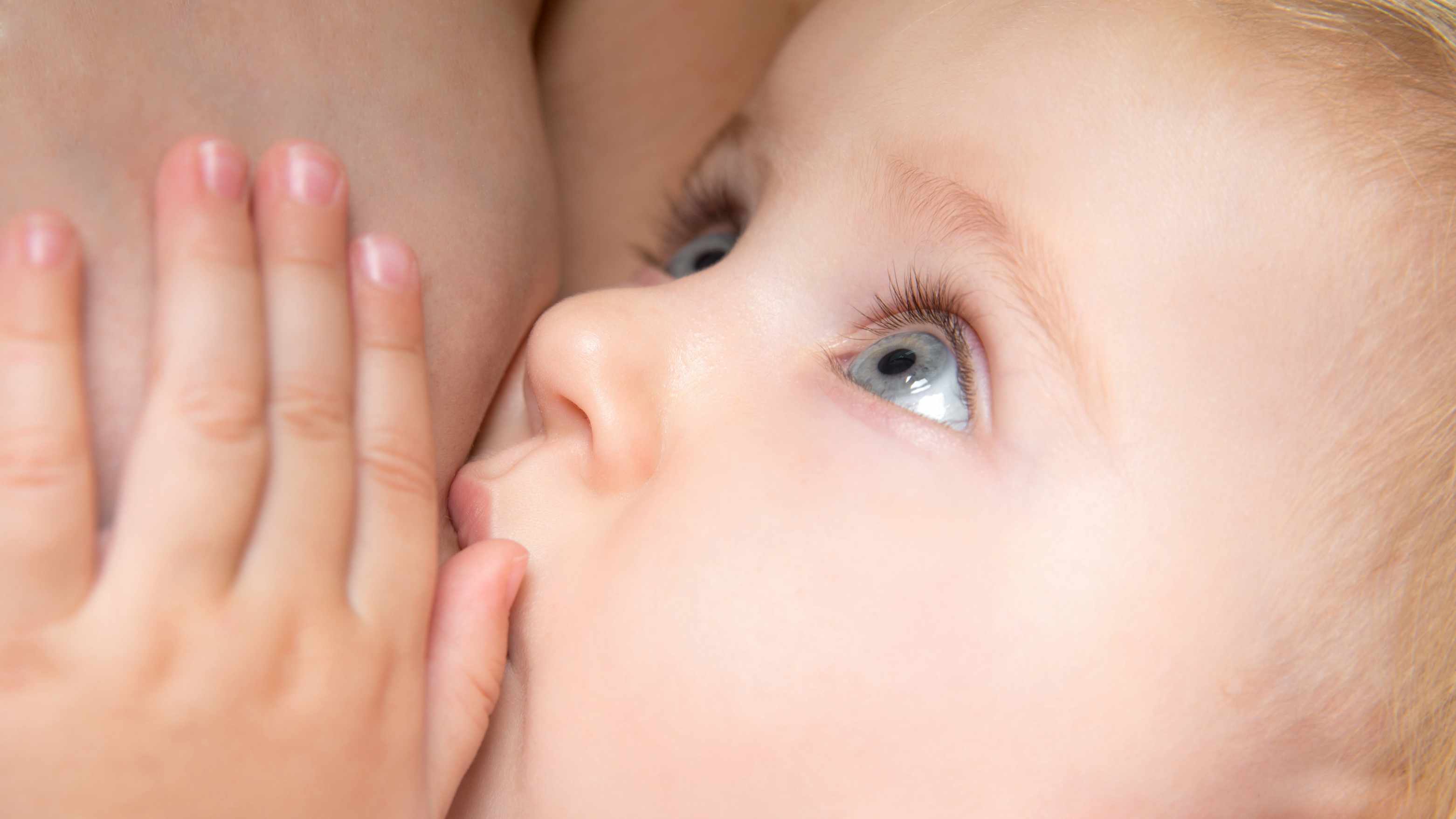-
Women’s Wellness: Benefits of breastfeeding
This is World Breastfeeding Week, which is meant to bring awareness to the benefits of breastfeeding. Breast milk contains the right balance of nutrients for your baby. Breast milk is easier to digest than is commercial formula, and the antibodies in breast milk boost your baby's immune system. Breastfeeding might even help you lose weight after the baby is born. Still, breastfeeding can be challenging. Here are some suggestions to get off to a good start.
Ask for help right away
Reading about breastfeeding is one thing. Doing it on your own is something else. The first time you breastfeed your baby — preferably within the first hour after delivery — ask for help.
The maternity nurses or a hospital lactation consultant can offer breastfeeding tips, starting with how to position the baby and make sure he or she is latching on correctly. Your doctor or your baby's doctor might offer breastfeeding tips, too.
Start by getting comfortable. Support yourself with pillows if needed. Then cradle your baby close to your breast — rather than learning forward to bring your breast to your baby. Support the baby's head with one hand and support your breast with the other hand. Tickle your baby's lower lip with your nipple to encourage your baby's mouth to open wide. He or she will take in part of the darker area around the nipple (areola). Your nipple will be far back in the baby's mouth, and the baby's tongue will be cupped under your breast. Look and listen for a rhythmic sucking and swallowing pattern.
If you need to remove the baby from your breast, first release the suction by inserting your finger into the corner of your baby's mouth.
Let your baby set the pace
For the first few weeks, most newborns breastfeed every two to three hours round-the-clock. Watch for early signs of hunger, such as stirring, restlessness, sucking motions and lip movements.
Let your baby nurse from the first breast thoroughly, until your breast feels soft — typically about 15 to 20 minutes. Keep in mind, however, that there is no set time. Then try burping the baby. After that, offer the second breast. If your baby's still hungry, he or she will latch on. If not, simply start the next breast-feeding session with the second breast. If your baby consistently nurses on only one breast at a feeding during the first few weeks, pump the other breast to relieve pressure and protect your milk supply.
Have your baby sleep in your room
Ideally, the baby should sleep in the same room as the parents for the first year of life — or at least for the first 6 months — to decrease the risk of SIDS. This can also make feeding easier.
Your baby should sleep alone in his or her own crib, bassinette or other surface designed for infants. Adult beds aren't safe for infants. A baby can become trapped and suffocate between the headboard slats, the space between the mattress and the bed frame, or the space between the mattress and the wall. A baby can also suffocate if a sleeping parent accidentally rolls over and covers the baby's nose and mouth.
Hold off on a pacifier
Some babies are happiest when they're sucking on something. Enter pacifiers — but there's a caveat. Giving your baby a pacifier too soon might interfere with breast-feeding, since sucking on a breast is different from sucking on a pacifier.
The American Academy of Pediatrics recommends waiting to introduce a pacifier until breast-feeding is well-established, usually three to four weeks after birth. Once you've settled into a breastfeeding routine, keep in mind that sucking on a pacifier at naptime or bedtime might reduce the risk of SIDS.
Gauge your success
When your baby is latched on successfully, you'll feel a gentle pulling sensation on your breast — rather than a pinching or biting sensation on your nipple. Your breasts might feel firm or full before the feeding, and softer or emptier afterward. Look for your baby to gain weight steadily, produce at least six wet diapers a day and be content between feedings. Your baby's stools will become yellow, seedy and loose.
Take care of your nipples
After each feeding, it's OK to let the milk dry naturally on your nipple. The milk can soothe your nipples. If you're in a hurry, gently pat your nipple dry. If your breasts leak between feedings, use bra pads — and change them often.
When you bathe, minimize the amount of soap, shampoo and other cleansers that might contact your nipples. If your nipples are dry or cracked, use purified lanolin after each feeding. This can soothe cracked nipples, as well as help your nipples retain moisture.
Make healthy lifestyle choices
Your lifestyle choices are just as important when you're breastfeeding as they were when you were pregnant. For example:
- Eat a healthy diet.
To keep up your energy, stick to healthy eating basics, such as choosing plenty of fruits, vegetables and whole grains. Your health care provider might recommend taking a daily multivitamin as well. - Drink plenty of fluids.
Water, juice and milk can help you stay hydrated. Moderate amounts of caffeine are generally considered OK as well — but scale back if you suspect that too much caffeine is interfering with your baby's sleep. If you have an alcoholic drink, avoid breast-feeding for two hours afterward. - Rest as much as possible.
If you can, sleep when the baby sleeps. - Don't smoke. Smoking during breastfeeding exposes babies to nicotine, which can interfere with your baby's sleep, as well as risks a cigarette burn to the baby. Secondhand smoke also increases the risk of sudden infant death syndrome (SIDS), as well as respiratory illnesses.
- Be cautious with medication.
Many medications are safe to take while you're breastfeeding. Still, it's best to get your health care provider's OK first. If you have a chronic health condition, ask your health care provider if it's OK to breast-feed your baby.
Also ask your baby's health care provider about vitamin D supplements for the baby, especially if you're exclusively breastfeeding. Breast milk might not provide enough vitamin D, which helps your baby absorb calcium and phosphorus — nutrients necessary for strong bones.
Give it time
If breastfeeding is tougher than you expected, try not to get discouraged. Feeding a newborn every few hours can be tiring, and it's OK to have a slow start. Just remember that the more often you breastfeed your baby, the more milk your breasts will produce — and the more natural breast-feeding is likely to feel.
Ask a lactation consultant or your baby's doctor for help if needed — especially if every feeding is painful or your baby isn't gaining weight. Although your nipples might be tender for the first few weeks, breastfeeding isn't supposed to hurt. If you haven't worked with a lactation consultant, ask your baby's health care provider for a referral or check with the obstetrics department at a local hospital.
This article is written by Mayo Clinic staff. Find more health and medical information on mayoclinic.org.

Related Articles








